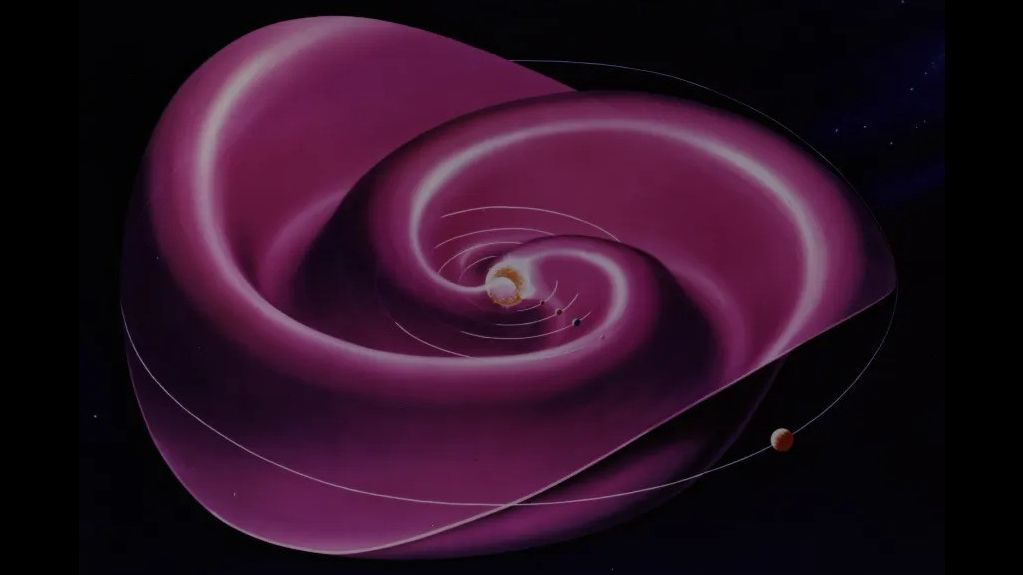Follow us on Google News (click on ☆)
This reversal, expected between late 2024 and early 2026, is a complex process correlated with sunspots. These regions of intense magnetic activity play a key role in the dynamics of the Sun's magnetic field, leading to its reversal.

A solar cycle: a montage of ten years of Yohkoh SXT images, showing the variation in solar activity over a solar cycle, from August 30, 1991, to September 6, 2001.
Credit: the Yohkoh mission of ISAS (Japan) and NASA (USA).
The solar cycle, lasting approximately 11 years, is marked by variations in the number and intensity of sunspots. The solar maximum, a period of intense activity, precedes the reversal of the magnetic field, which is manifested by a change in polarity at the poles of our star.
The reversal of the Sun's magnetic field is a gradual process, without a precise moment of flipping. It spans a period of one to two years, or even more, as observed during the previous solar cycle, where the field took nearly five years to reverse.
Contrary to what one might fear, this reversal is not synonymous with disaster for Earth. It can even have beneficial effects, such as better protection against cosmic rays, thanks to the modification of the heliospheric current sheet (see below).
Scientists are closely monitoring this reversal to better understand future solar cycles. The speed at which the magnetic field returns to its dipolar configuration could indicate the intensity of the next solar cycle.

Artist's representation of the heliospheric current sheet.
Credit: NASA
This magnetic reversal is a unique opportunity to study the internal mechanisms of the Sun and their impacts on interplanetary space. It highlights the importance of solar physics research in anticipating variations in solar activity and their consequences on our space environment.
What is the solar cycle?
The solar cycle is a period of approximately 11 years during which the Sun's magnetic activity evolves. This activity is measured by the number and intensity of sunspots visible on its surface.
During this cycle, the Sun goes through a solar maximum, where activity is most intense, followed by a solar minimum, where activity decreases. These variations influence the Sun's magnetic field, leading to its reversal every 11 years.
The solar cycle is crucial for understanding space phenomena, such as solar flares and coronal mass ejections, which can affect communications and electrical systems on Earth.
How does the Sun's magnetic field protect Earth?
When the Sun's magnetic field reverses, the heliospheric current sheet, a surface extending from the solar equator, becomes more wavy. This modification can offer better protection against cosmic rays, high-energy particles from deep space, far beyond our own solar system.
Thus, despite the disturbances it may cause, the reversal of the Sun's magnetic field helps protect our planet from harmful cosmic radiation.